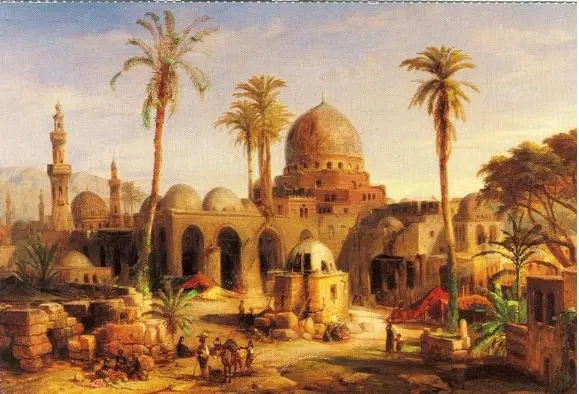Bismillah
The 4th century Hijri (913 – 1009 CE) stands out as one of the most significant periods in Islamic history, marked by intellectual, scientific, and cultural prosperity.
During this golden age, the Islamic world not only became a hub of scholarly excellence but also laid the groundwork for many modern sciences.
The Rise of Islamic Scholarship
This century witnessed the flourishing of Islamic scholars, whose contributions have shaped various fields to this day.
Among these intellectual giants was Al-Farabi, a philosopher known for his work in logic, metaphysics, and ethics.
He bridged the philosophical traditions of Plato and Aristotle with Islamic thought, influencing both the East and the West.
Another towering figure was Ibn Sina (Avicenna), whose “Canon of Medicine” became a standard medical text in both the Islamic world and Europe for centuries.
His work laid the foundation for modern medical science and demonstrated the deep connection between Islamic teachings and the pursuit of knowledge.
At the heart of this intellectual flourishing was the Abbasid Caliphate, with Baghdad as its capital.
Under the patronage of Abbasid rulers, scholars translated numerous Greek, Roman, and Persian texts into Arabic, ensuring the preservation and dissemination of knowledge.
These translations were not mere copies but served as the basis for original research and new ideas in fields like astronomy, medicine, and mathematics.
Baghdad Buyid Dynasty
A Shia Muslim caliphate (Fatimids) is founded in North Africa, challenging Abbasid authority and establishing control over large parts of North Africa.
.
The Shi’a Buyid Dynasty seizes Baghdad in 945 CE and take control of the Abbasid Caliphate’s capital, reducing the caliphs to figureheads.
Scientific and Philosophical Advancements
Al-Azhar University is established in Cairo as a centre of Islamic learning in 970 CE.
One of the key institutions in Baghdad during this period was the House of Wisdom.
Established by the Abbasid Caliph Al-Ma’mun, the House of Wisdom became the most prestigious center for scientific research and philosophical inquiry in the world.
Scholars from different cultures and backgrounds were drawn to this vibrant center of learning, where they engaged in dialogue, debate, and discovery.
Al-Khwarizmi, a mathematician who worked in the House of Wisdom, introduced the concept of algorithms and developed the field of algebra, which has since become a fundamental branch of mathematics. His work “Al-Kitab al-Mukhtasar fi Hisab al-Jabr wal-Muqabala” is considered one of the most important mathematical texts ever.
Al-Battani, another influential scholar of the time, made significant contributions to astronomy.
His accurate measurements of the solar year and lunar cycles were groundbreaking, and his work later influenced European astronomers like Copernicus.
Cultural Contributions
Beyond scientific advancements, the 4th century Hijri was also a time of significant cultural and artistic development.
The Islamic world saw an explosion of creativity in art, architecture, and literature.
Cities like Baghdad in the east and Cordoba in the west became renowned centers of learning, attracting scholars, poets, and artists from all over the world.
Islamic art and architecture during this period reached new heights.
The use of intricate geometric patterns, arabesques, and calligraphy became hallmarks of Islamic design, symbolizing the unity of faith and reason.
In literature, poetry and prose flourished, with works that celebrated the beauty of creation, the human condition, and divine love.
Cordoba, in particular, under the Umayyads of Al-Andalus, became a beacon of cultural and intellectual activity.
Its libraries were among the largest in the world, housing tens of thousands of manuscripts that covered a wide range of subjects.
Cordoba also became known for its magnificent Great Mosque, an architectural masterpiece that still stands today as a symbol of Islamic civilisations splendour.
Conclusion
The 4th century Hijri was undoubtedly a golden age for the Islamic world, characterised by its commitment to knowledge, learning, and cultural expression.
This era reminds Muslims today of the importance of education, intellectual curiosity, and the pursuit of excellence in all aspects of life.
As Muslims strive to contribute positively to the modern world, the 4th century Hijri serves as a powerful reminder of the power and legacy of knowledge.
By drawing inspiration from this period, we can continue to uphold the principles of faith, learning, and cultural achievement that have always been at the heart of the Islamic tradition.
Which was the most important event of the 4th century Hijri?
Comment your thoughts below!
